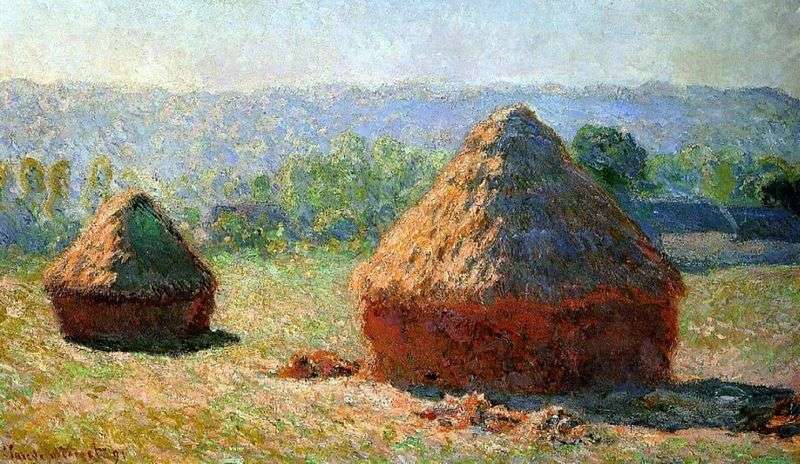
Walking around Giverny, the usual haystacks attracted the attention of Claude Monet, and he decided to portray them in different lighting conditions. He immediately sent his adopted daughter Blanche for two canvases on which he planned to paint some stacks in clear weather, others in cloudy ones.
Immersed in the work, the artist worked the rainy summer of 1890 on a series of 25 paintings. Not having time to catch a certain point because of the rapidly changing lighting, he worked, sometimes 15 minutes a day, and could destroy an almost complete picture. It was necessary to finish the cycle in 1891, in the workshop.
5 works made by Monet in 1888 are considered to be a series of paintings with images of haystacks, but he could not devote himself entirely to the work, since he was engaged in organizational issues related to the redemption of Olimpia – the work of E. Manet; the canvas belonged to the artist’s widow, and Monet wanted to buy it for the Louvre.
A series of 15 paintings with images of stacks was a huge success, the work at the exhibition at Durand-Ruel sold for 3-6 thousand francs. Especially prized “Stacks at sunset.”
Colleagues Monet noted that his “Rick” was bought at a high price, and immediately went to America.
 Haystack by Claude Monet
Haystack by Claude Monet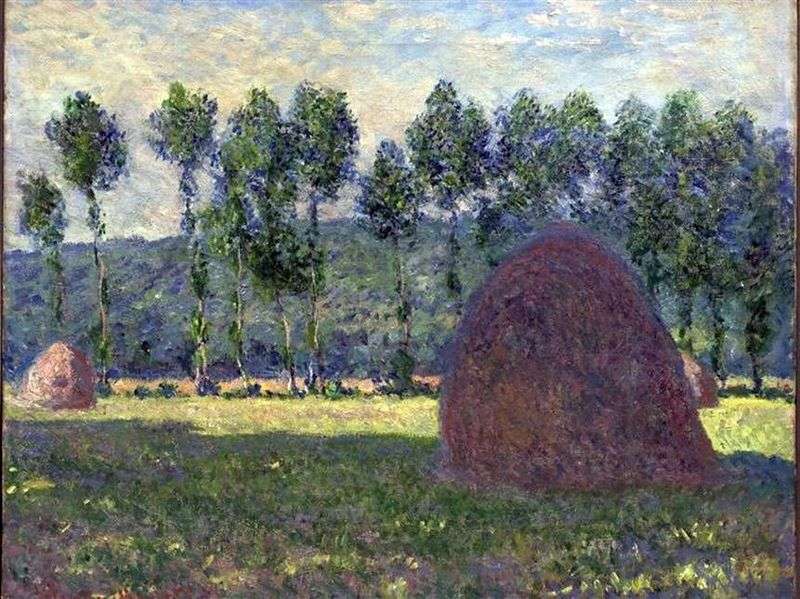 Haystack by Claude Monet
Haystack by Claude Monet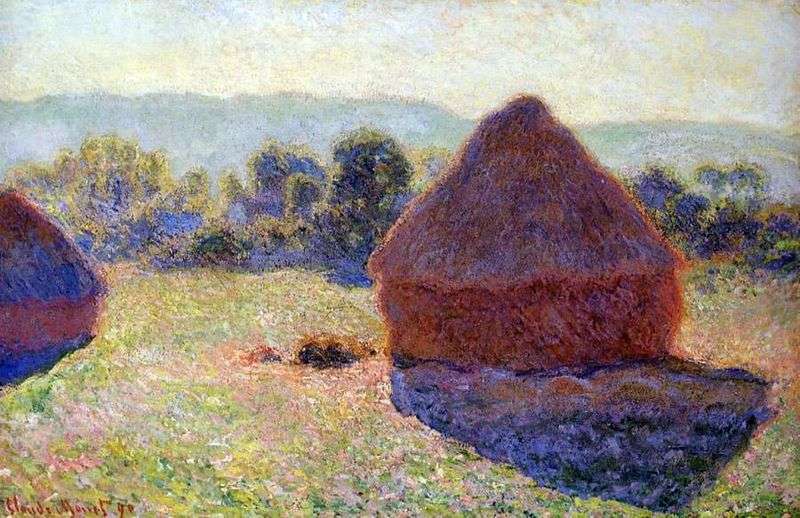 Haystack on a sunny afternoon by Claude Monet
Haystack on a sunny afternoon by Claude Monet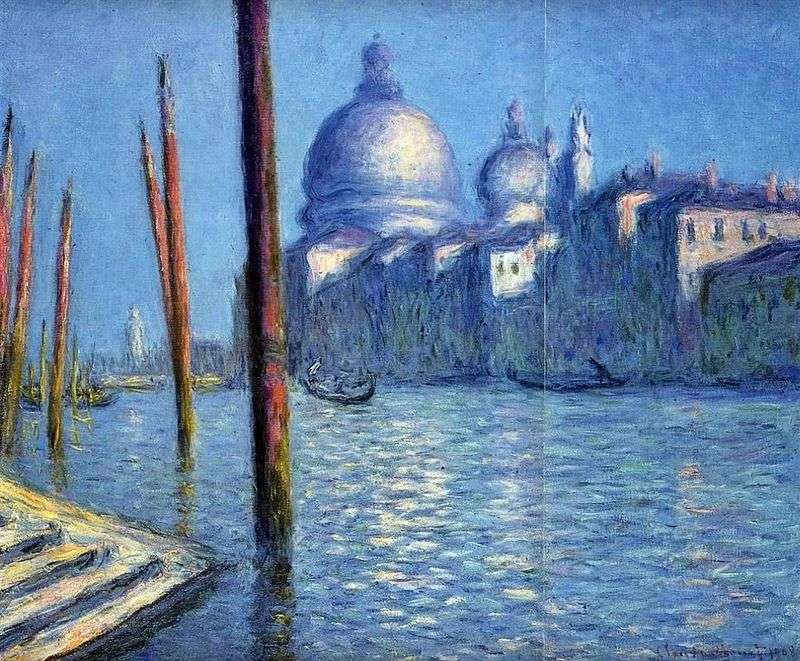 Views of Venice (Grand Canal) by Claude Monet
Views of Venice (Grand Canal) by Claude Monet Dusk. Venice by Claude Monet
Dusk. Venice by Claude Monet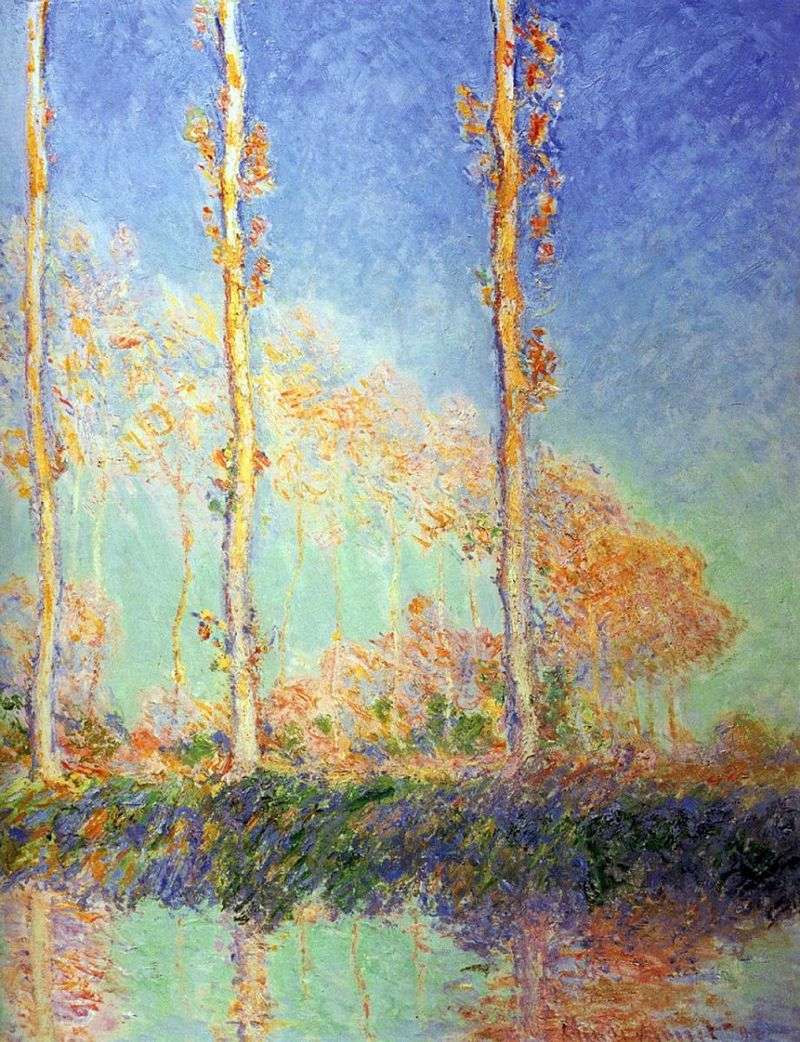 Poplars, Three Pink Trees in Autumn by Claude Monet
Poplars, Three Pink Trees in Autumn by Claude Monet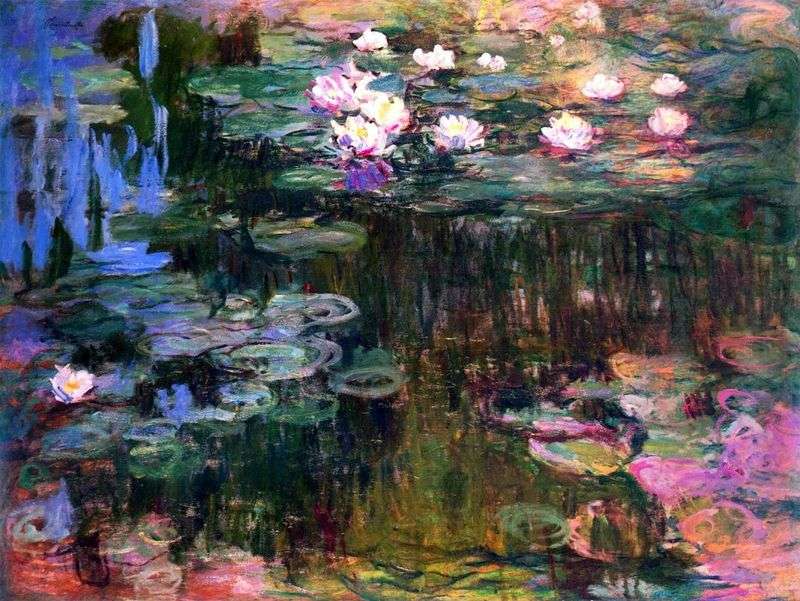 Water Lilies by Claude Monet
Water Lilies by Claude Monet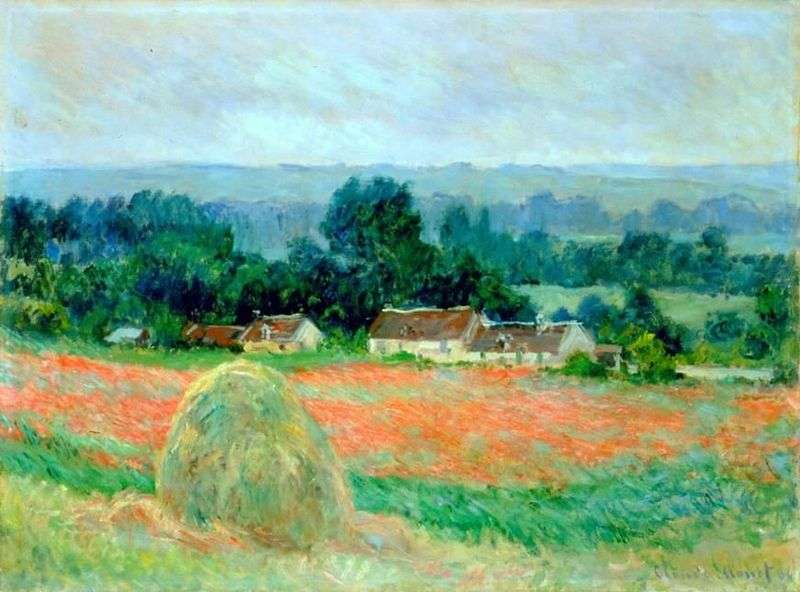 Haystack at Giverny by Claude Monet
Haystack at Giverny by Claude Monet